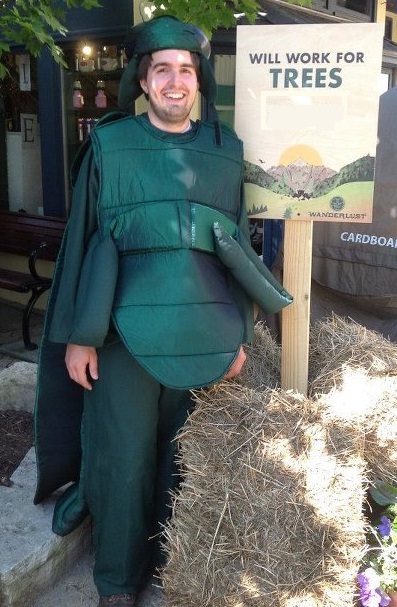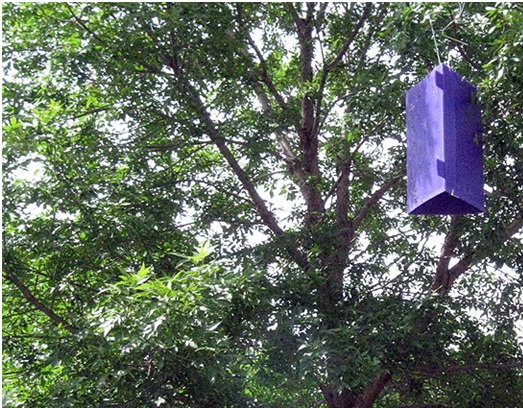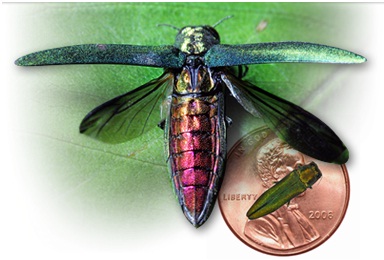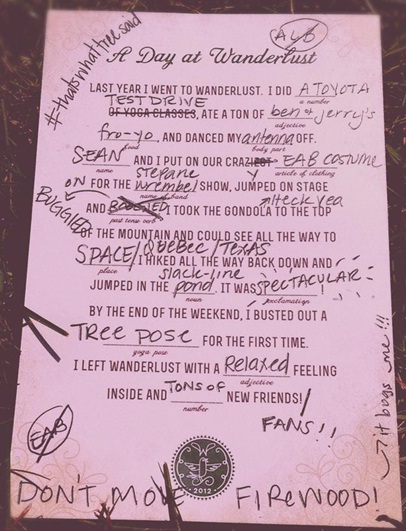Wasp catching with the Wasp Watchers of Massachusetts
by Natalie Garcia
I have never hunted anything in my life, well not until now at least. In July, the DMF team was very lucky to be able to participate in Wasp Watchers Massachusetts, a citizen scientist program that uses native wasps to monitor for signs of the emerald ash borer. I was ecstatic to run around and hunt wasps that were returning with their prey, cause who doesn’t love the thrill of the chase?
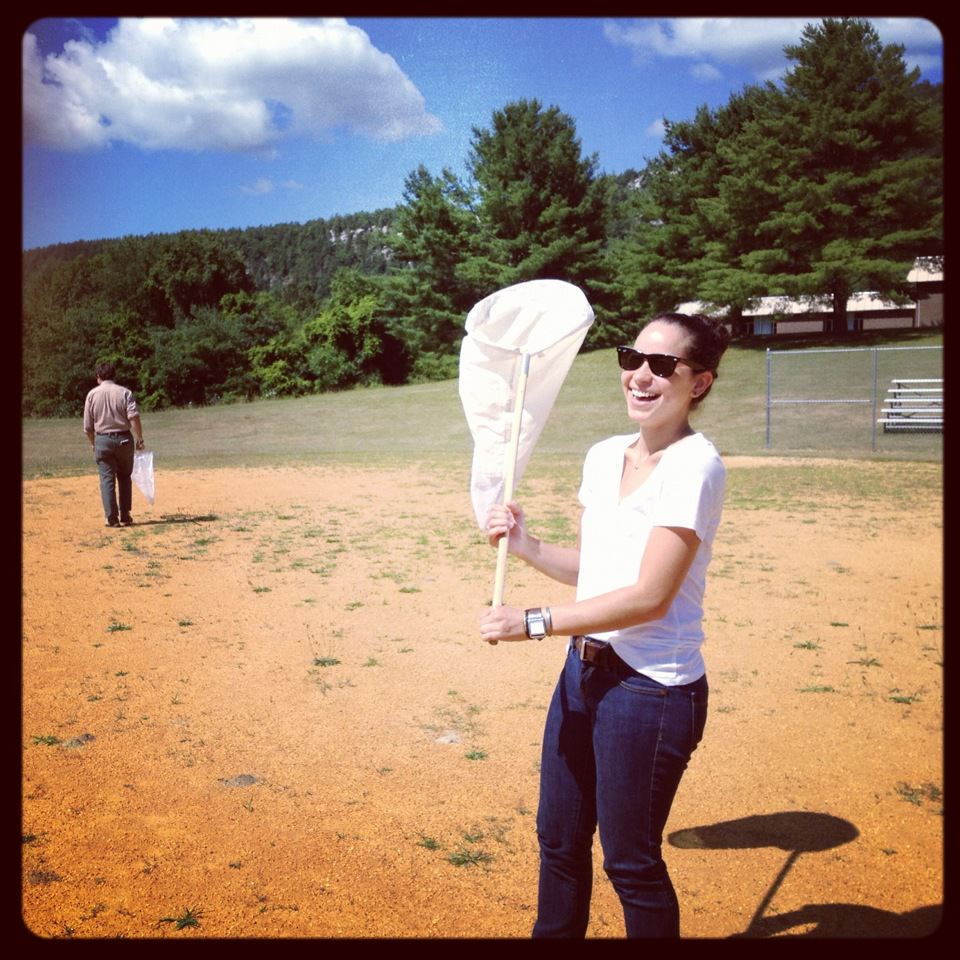
First thing Monday morning on a hot, dry, beautiful summer day, we were off and it was perfect weather for pursuing Cerceris fumipennis or the smoky-winged wasp. This small wasp loves to prey upon buprestid beetles in order to raise their young and can be key to EAB early detection. We were searching for the females, because they build their nests in dry, sandy areas and are the ones that do the actual searching for beetles to provide food to their young.
And let me tell you, these are some hard working ladies. When we arrived almost all of the nests were empty; they were already out hunting for borers and beetles. After about 30 minutes of looking at nests and becoming familiar with the wasp homes, some Cerceris began to return to their nests with their fresh prey.
I felt like I was 8 years old again. It was fascinating how many different borers we were able to collect. In a little under an hour we caught 10 beetles. Not so bad for first timers! We were even able to catch an Agrilus species borer, which is in the same family as EAB and the genus that Wasp Watchers are really interested in finding. Total score. What more could we ask for?
Fortunately, this was not the only time that we’ll be able to adventure into the Berkshires and search for these beetles. Sean and I are going to be able to survey about once a week and we will make sure to keep you posted on any exciting finds we have in the future. Can’t wait to feel the wind in my hair, with my net in my hand, while monitoring for invasive bugs!
Resources:
https://massnrc.org/pests/blog/2012/06/wasp-watchers-wanted-2.html
Editor's note:
The remarkable effectiveness of wasp monitoring was underscored by the recent discovery of emerald ash borer in Connecticut by state wasp monitoring efforts. To learn more, visit this press release: https://www.ct.gov/dep/cwp/view.asp?Q=508244&A=4173




